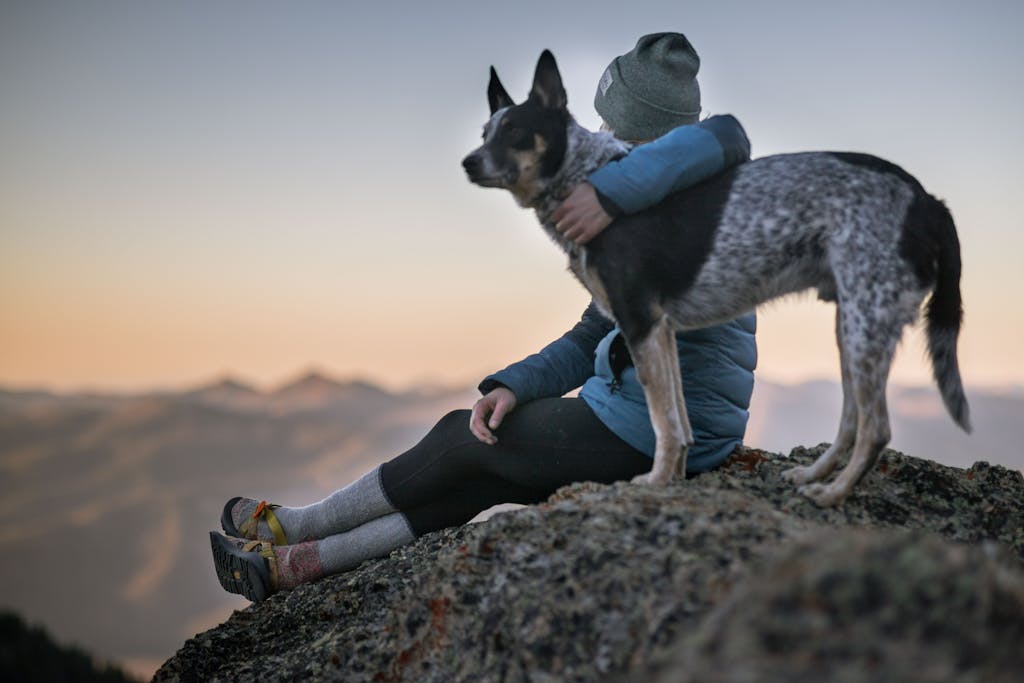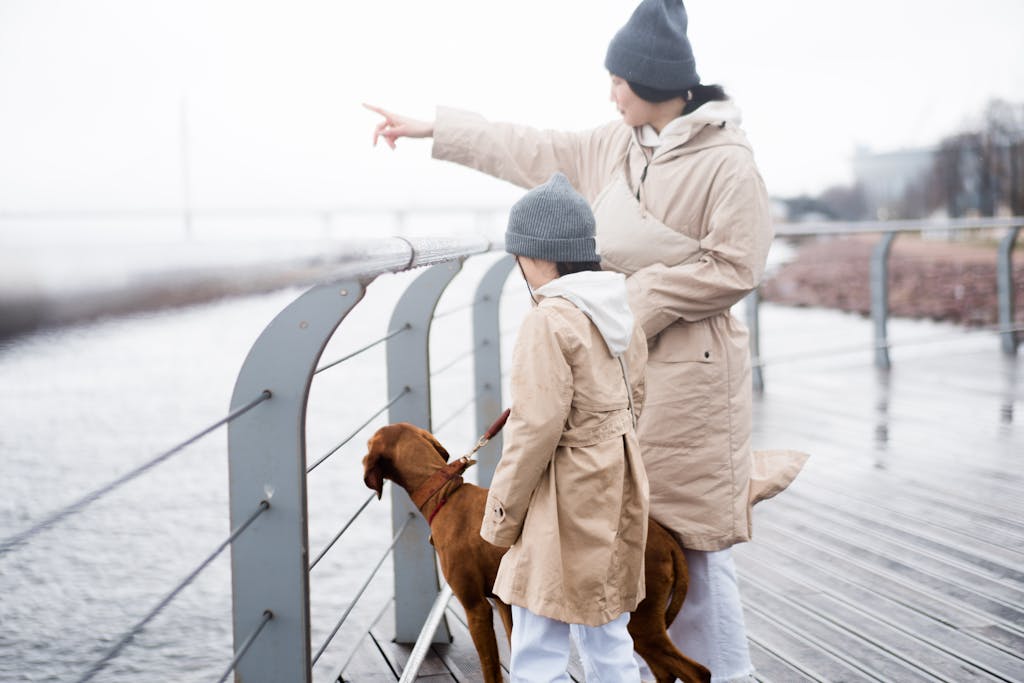Introduction: The Magic of Meeting Wild Animals There’s something undeniably humbling about coming face-to-face with wildlife. Whether it’s spotting a deer at the edge of a forest, watching dolphins swim beside a boat, or rescuing an injured bird, these moments remind us of the delicate beauty of the natural world. In a fast-paced digital age, meaningful encounters with wild animals reconnect us to something ancient, pure, and awe-inspiring. Wild animals don’t seek attention. They move through life focused on survival, unaware of the impact they can have on the humans who cross their paths. Yet, for many of us, these fleeting moments with nature stay in our hearts forever. Why Wildlife Encounters Leave a Lasting Impact Rekindling a Sense of Wonder From childhood, we’re naturally drawn to animals. Yet as we grow, many of us lose touch with that sense of wonder. Seeing a wild creature up close—whether a fox in the woods or an eagle soaring above—reawakens that connection. It reminds us how small we are in a vast, living world. Encouraging Respect and Conservation Personal experiences with wildlife often inspire people to care more deeply about the planet. It’s one thing to hear about endangered species on the news; it’s another to see a turtle nesting on a beach or a bear roaming free. These moments motivate us to protect habitats and advocate for the animals who share our world. Teaching Empathy and Patience Wild animals operate on their own schedules, free from human demands. Observing them teaches patience, mindfulness, and the value of quiet respect. You cannot force a deer to appear or a bird to sing—it’s a gift when they choose to share their world with you. Unforgettable Animal Encounter Stories The Lost Fawn and the Hiker A lone hiker in Colorado once stumbled upon a shivering fawn, separated from its mother during a storm. Instead of interfering unnecessarily, the hiker stayed nearby to ensure no predators approached until dawn when the mother returned. This gentle act of protection highlights how humans and wildlife can coexist with empathy and understanding. A Dolphin’s Rescue at Sea Off the coast of New Zealand, a group of divers freed a dolphin entangled in fishing line. In a moment captured on video, the dolphin seemed to recognize its rescuers, circling them in what many described as a gesture of gratitude before swimming off into open waters. Stories like these show how kindness transcends species. How to Experience Wildlife Responsibly Observe Without Disturbing Wild animals aren’t here for human entertainment. Keep a respectful distance, use quiet observation, and avoid disrupting their natural behavior. A pair of binoculars and patience often lead to the most rewarding sightings. Support Ethical Wildlife Sanctuaries Not all animal attractions are equal. Look for organizations focused on rehabilitation, conservation, and education—not profit. True sanctuaries prioritize the well-being of animals over tourist photos. Leave No Trace Whether in forests, beaches, or mountains, follow the “leave no trace” principle. Pack out trash, avoid feeding wildlife, and respect signs and guidelines designed to protect natural habitats. How These Encounters Benefit Us Emotionally Reducing Stress Through Nature Studies show that time spent observing wildlife lowers cortisol levels and improves mental health. The quiet of the woods, the rhythm of ocean waves, and the rustle of birds in the trees have a calming effect on our minds and bodies. Building Connection to Something Bigger Modern life often isolates us from nature. Reconnecting through animal encounters grounds us, reminding us of our place in the larger ecosystem and fostering gratitude for the earth’s biodiversity. Why We Must Protect the Wild Habitat Loss and Human Impact Deforestation, pollution, and urban sprawl are shrinking the natural homes of countless species. Every encounter with a wild animal is becoming more precious—and more endangered. Protecting these habitats ensures future generations can share in these moments of wonder. The Role of Education and Awareness The more we learn about wildlife, the better equipped we are to protect it. Education leads to empathy, and empathy leads to action—from recycling habits to conservation donations. Conclusion: Respecting the Wild Is Respecting Ourselves Wild animals ask for nothing from us but space and respect. In return, they offer something priceless: a glimpse into the untamed beauty of the natural world. These moments remind us we’re part of something far larger, something worth protecting. Whether it’s a bird outside your window or a whale breaching on the horizon, every encounter is an invitation—to slow down, to wonder, and to care. Key Takeaways for Wildlife Enthusiasts Wildlife encounters foster respect, patience, and environmental responsibility. Ethical observation benefits both humans and animals. Protecting habitats ensures these experiences continue for generations. Even small, everyday animal encounters can leave lasting impressions.




